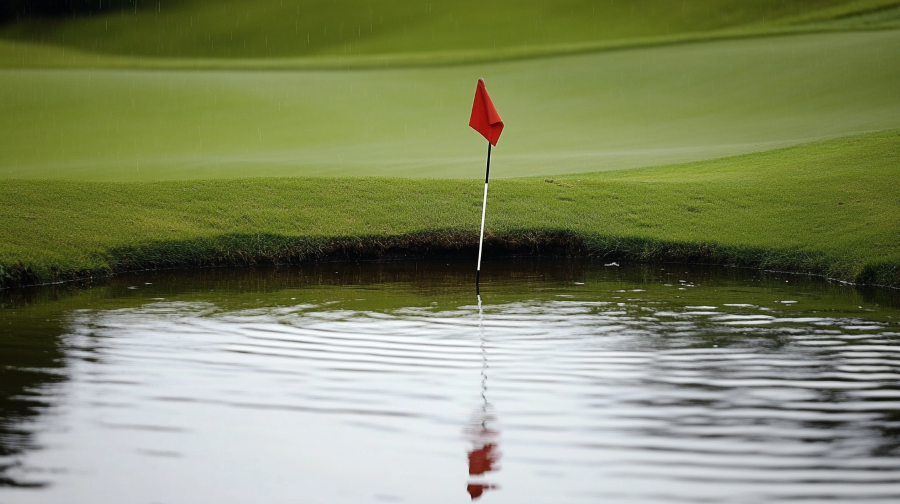Golf, traditionally enjoyed on lush, meticulously maintained greens, faces unprecedented challenges from climate change. This article explores how shifting climatic conditions threaten golf landscapes globally and discusses the innovative strategies being employed to sustain this beloved sport.
Climate Impact on Golf Courses
Rising Temperatures
As global temperatures climb, turfgrass, vital for golf courses, struggles to survive. Increased heat stresses grasses, necessitating more intensive maintenance practices and the adoption of heat-tolerant varieties to keep courses playable and aesthetically pleasing.
Water Scarcity
Water scarcity has become a critical issue for golf courses, especially in arid regions. The traditional image of verdant fairways is being rethought as water conservation becomes a priority. Advanced irrigation technologies and strategies, including the use of drought-resistant plant species and optimized watering schedules, are becoming essential.
Finca Cortesin on the Costa del Sol uses 100% recycled water for its golf course, sourced from the nearby village of Manilva. This practice not only conserves fresh water but also showcases the resort’s commitment to sustainable water management, earning it a quality seal from ACOSOL for recycled water management. It’s one of the reason they are one of the top luxurious Spain golf resorts.

Extreme Weather Events
More frequent and severe weather events — from hurricanes to floods — are damaging golf courses, disrupting play, and requiring costly repairs and redesigns to drainage systems and course layouts to better manage these events.
Adaptation and Mitigation Strategies
Turfgrass Research and Innovation
Research into developing more resilient turfgrass varieties is on the rise. These grasses are bred to withstand extreme weather and require less water, helping courses adapt to new environmental conditions.
Sustainable Water Management
Golf courses are increasingly turning to sustainable water management practices. Techniques like rainwater harvesting, wastewater recycling, and the installation of weather-based irrigation controls help manage water use more efficiently.
Redesigning Courses
Some courses are undergoing significant redesigns to cope with climate impacts. This includes elevating vulnerable areas, improving natural water buffers, and redesigning layouts to reduce maintenance and water usage.
Challenges and Opportunities
Economic Impact
The economic implications of adapting to climate change are profound. While investments in sustainable technologies and practices are initially high, they are necessary for the long-term viability of golf courses.
Environmental Considerations
Balancing golf course maintenance with environmental conservation is vital. The industry faces scrutiny over its environmental impact, pushing course managers to adopt more sustainable practices.
Future Outlook
Industry Trends
The future will likely see more golf courses embracing environmentally sustainable practices. Innovations in course design, maintenance, and management reflect a shift towards more eco-friendly golfing experiences.
Role of Golf in Promoting Sustainability
The golf industry has the potential to lead in environmental stewardship. By adopting and showcasing sustainable practices, golf can set a standard for how sports can positively interact with the environment.
Conclusion
Climate change presents significant challenges to the traditional golf course model, but it also offers an opportunity to innovate and reimagine how golf interacts with nature. The ongoing efforts to adapt and mitigate these challenges are crucial for the future of the sport.